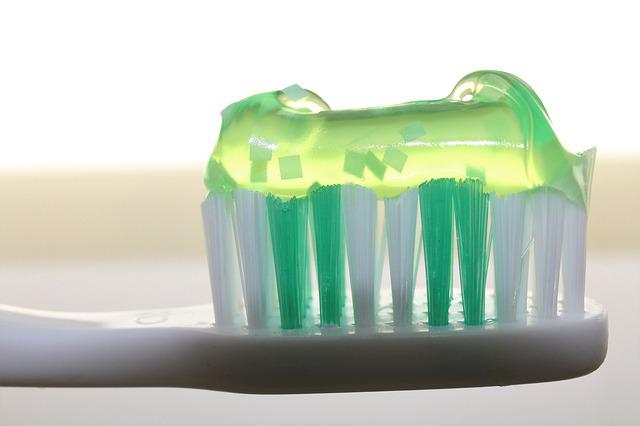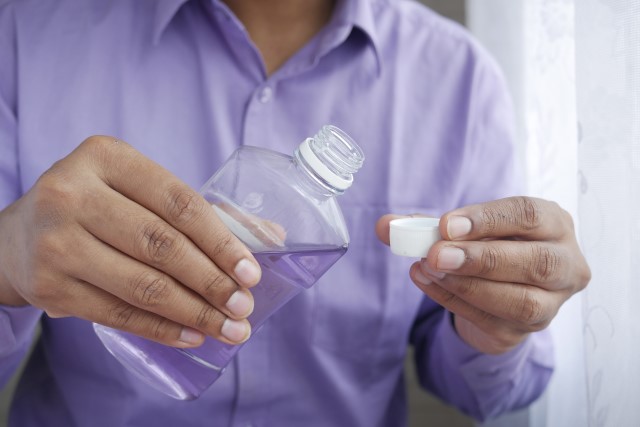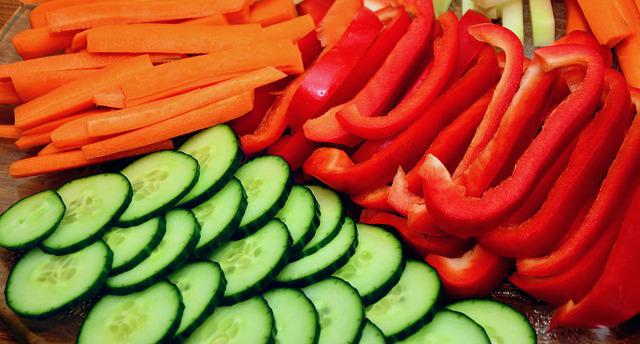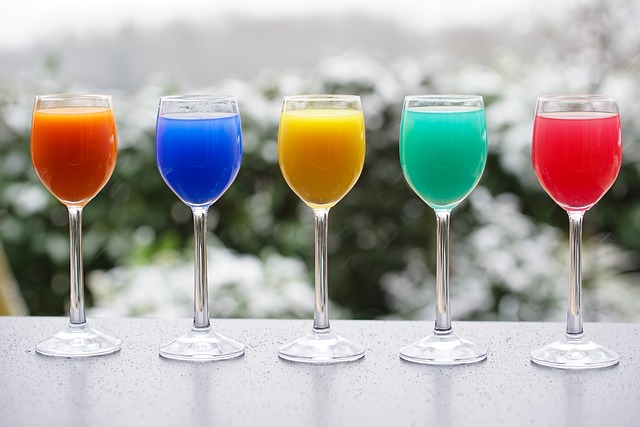Do you love your smile? You probably know that regular brushing and flossing are key factors to obtaining and maintaining a beautiful smile. However, your oral health consists of many factors and not just flossing and brushing your teeth. Your oral hygiene has an impact on your overall health. For example, gum disease has been linked to diabetes, Alzheimer’s, heart disease and even stroke. Here are some tips to get the most out of your oral hygiene routine to maintain optimal oral health.
Tip # 1 – Use a Soft Bristled Toothbrush

Do you typically use a hard bristled brush? You’re supposed to replace your toothbrush every few months, unless the bristles are fraying and then it should be replaced sooner. Opt for a soft bristled brush to avoid damaging your teeth. Yes, medium and hard bristles likely make you feel like your teeth are much cleaner, but they can also be too abrasive which will result in damage over time. A soft bristled brush can clean your teeth just as well as harder bristles without adjusting how vigorously you brush. Dentists recommend just a gentle amount of pressure with your brush tilted at a 45-degree angle. Brush in a short, circular motion all across your teeth.
Tip # 2 – Use Mouthwash and/or Sugar Free Gum

If you’re already doing the normal brushing and flossing daily, you probably feel accomplished. However, using a mouthwash can help kill bacteria and fight plaque. You want to use mouthwash after brushing and flossing, swishing it around in your mouth for a minimum of 30 seconds, two times a day. Sugar-free gum is also a great way to help maintain your oral health. It can lessen the amount of bacteria in the mouth and stimulate salivary flow.
Tip # 3 – Don’t Over-Brush
Is there such a thing as brushing your teeth too much? Yes! According to this Hamilton dentist, you can actually cause damage to your tooth enamel and gums when brushing too often. Twice a day is still recommended by dentists but it’s okay if you brush after every meal too. Before you do, after eating, rinse your mouth with water. Swish it around like you would mouthwash to free up any particles that may be lodged in your teeth.
Tip # 4 – Eat Foods That Contribute to White Teeth

Yes, there are, in fact, certain foods that can help keep your teeth white. Carrots, cucumbers, pears, celery, apples, are all fibrous, coarse, raw foods that actually help to scrub the surface of your teeth, removing any accumulated plaque. This plaque is what makes teeth look yellow. In addition, these options are crunchy foods, and this means you must chew more, in turn stimulating saliva which helps reduce food particles in the mouth and neutralize acids that cause tooth erosion.
Tip # 5 – Don’t Always Brush Immediately After Food or Drink
Contrary to what you might have been told at one time, brushing immediately after certain food and drink is not recommended. Acidic drinks and foods have a low pH and soften the tooth’s enamel temporarily. Therefore, if you brush right away you could damage your enamel, putting your teeth at risk for decay over time. It’s best to wait half and hour to an hour before brushing after eating or drinking pop, citrus juice and fruits, soda, tomatoes, and wine.
Tip # 6 – Brush in the Back First
When you go to brush your teeth, where you start makes a difference. Do you typically start brushing your front teeth first? If so, stop and start brushing in the back first. You want to do a great job cleaning the back teeth, which are harder to reach, because this is where cavities and disease are more likely to develop. Change up your method from time to time to make sure you’re giving your teeth a good brushing.
Tip # 7 – Film Yourself
It might sound odd but recording yourself brushing your teeth could help you improve your brushing technique. It helps you be aware of just how you’re brushing, how long, how many strokes and just how ‘well’ you do it.
Tip # 8 – Keep Sugary Drinks Short and Sweet

Don’t take your time when enjoying a sugary drink. While it’s recommended that you avoid them, it’s understandable if you wish to treat yourself from time to time. Don’t sip on it throughout the day and drink it in one sitting instead. Otherwise, your mouth is constantly being exposed to sugar and this guar could be used by certain bacteria as a source of food and turn it into lactic acid. This acid is what can dissolve your tooth’s minerals, resulting in tooth decay and cavities. If tooth decay progresses, it can eventually reach the inner layers of the tooth, causing infection and pain. In severe cases, the tooth may need to be extracted, and a dental implant may be necessary to replace the missing tooth.
Tip # 9 – Don’t Forget to Clean Your Toothbrush Holder Regularly
While you know to replace your toothbrush every few months or when the bristles are worn, it’s important not to forget to wash the container that holds your toothbrush. It is exposed to germs and there’s a study that found toothbrush holders are the 3rd germiest item in a home – eww gross! It doesn’t matter if you wash it by hand with warm soapy water or run it through the dishwasher; just be sure to clean it at least 2-3 times a week.






